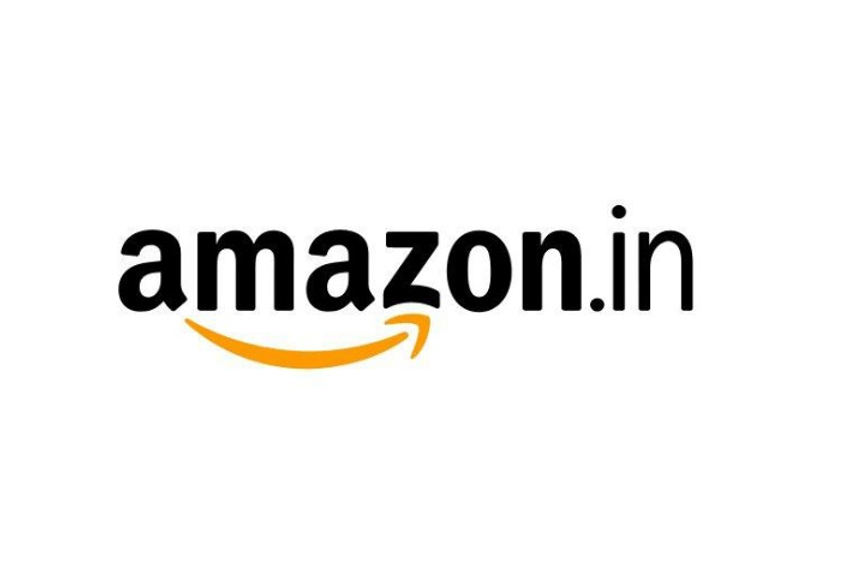
Please sign in or register
Existing users sign in here
Having trouble signing in?
Contact Customer Support at
[email protected]
or call+91 22 69489600
The authors label Amazon as a platform of disruption with customer obsession at its heart.

Contact Customer Support at
[email protected]
or call+91 22 69489600
Top news, insights and analysis every weekday
Sign up for Campaign Bulletins
Using 50+ Android apps and roughly 10 million installs as its engine, Arcade appears to be the work of a coordinated fraud network and not a few rogue developers gaming the system, as per IAS.
Asia-Pacific recorded a growth decline of 7.4%.
Actor Vikrant Massey swaps boardroom bravado for quiet growth in Jaro Education’s ad that redefines success through curiosity and continuous learning.
From Tinder’s ‘Dating Scaries’ to Bingo!’s desi ghosts, brands turn Halloween into a playground for cultural commentary, clean indulgence and youth-led experiences.